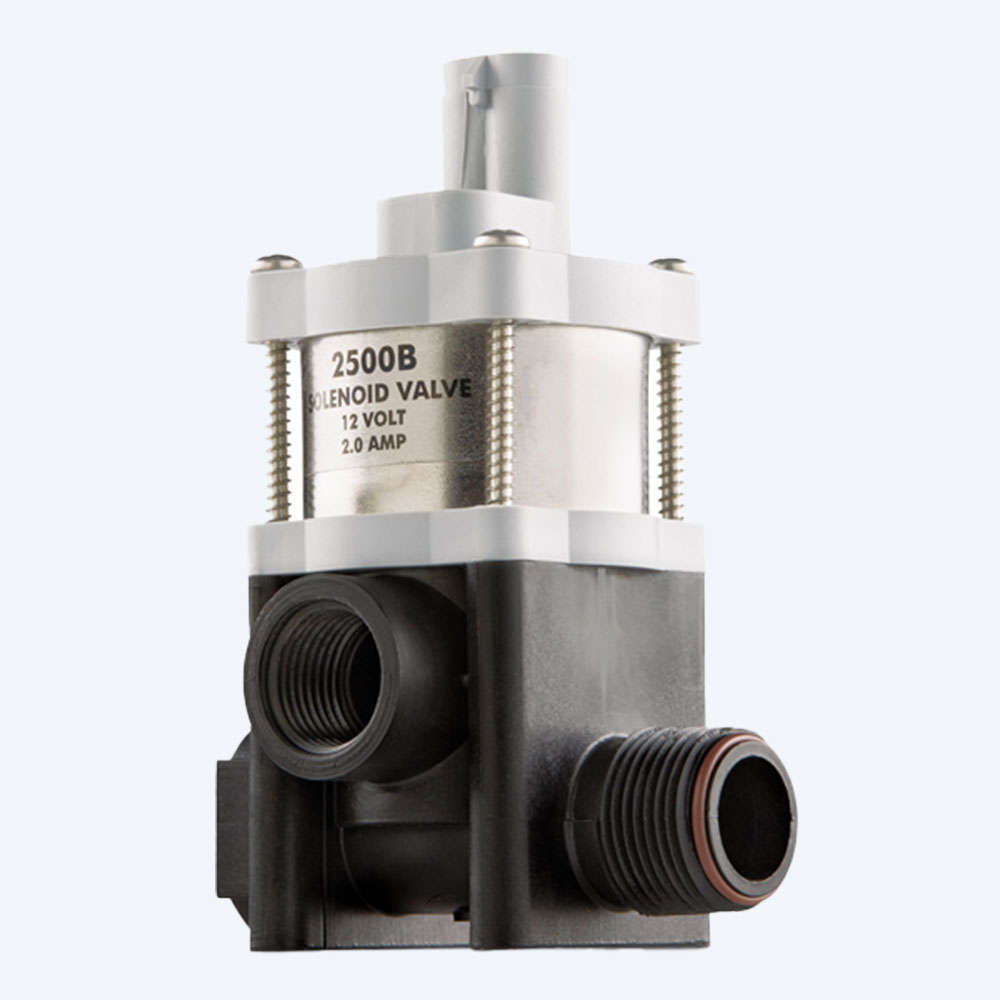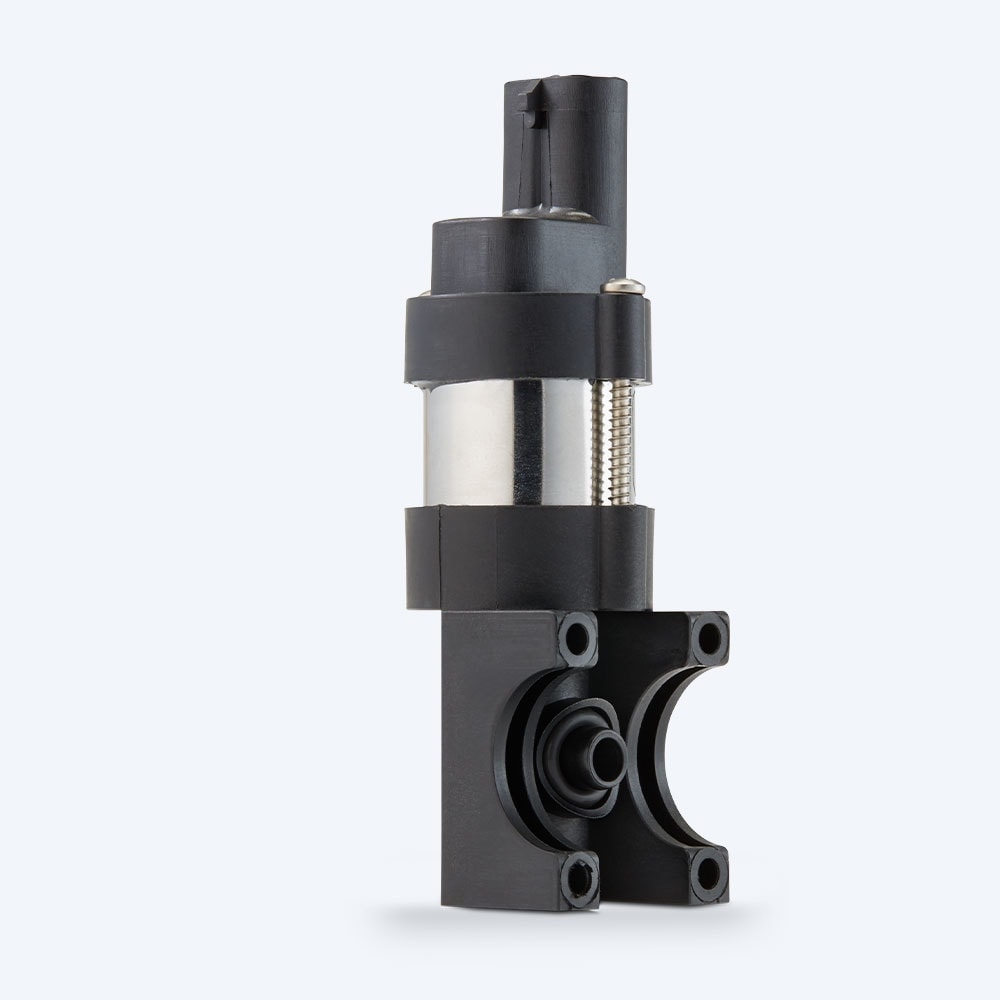Understanding 3-Way Valves
Role of Valves in Agriculture
Valves play a crucial role in agriculture, especially in irrigation and crop spraying systems. They control the flow of water and other fluids, ensuring efficient distribution to crops. One common type of valve used in these applications is the 3-way solenoid valve. These valves are designed to mix or divert fluid flows, making them highly versatile for various agricultural tasks.
Importance of 3-Way Solenoid Valve
When it comes to answering “what is a 3-way valve used for?” in agriculture, the 3-way solenoid valve stands out for its ability to streamline fluid management. These valves are essential for tasks like crop spraying, where precise control of liquid fertilizers, pesticides, and water is required. By using a 3-way solenoid valve, you can effectively manage multiple fluid sources with a single valve, reducing the need for complex piping systems.
| Feature | Benefit |
|---|---|
| Mixing or Diverting Fluid Flows | Improves efficiency in fluid management |
| Cost-Effectiveness | Reduces the need for multiple valves |
| Versatility | Suitable for various agricultural applications |
For more information on the specific applications and benefits of 3-way solenoid valves, you can visit our detailed guide on 3 way solenoid valve.
Understanding the importance of these valves can help you make informed decisions when setting up or upgrading your irrigation or crop spraying systems. By leveraging the capabilities of 3-way solenoid valves, you can achieve better control, efficiency, and cost-effectiveness in your agricultural operations. For a deeper dive into the differences between 2-way and 3-way valves, check out our comparison article what is the difference between a 2-way and 3 way solenoid valve.
By learning more about the role and importance of 3-way solenoid valves, you can enhance your agricultural practices and ensure optimal fluid management in your fields. This knowledge is essential for any middle-aged farmer looking to improve their crop yield and overall farm efficiency. For additional insights into the various uses of 3-way valves, visit our comprehensive article on what is a 3-way valve used for?.
Types of 3-Way Valves
When considering the best valve for your agricultural practices, it’s essential to understand the different types of 3-way valves available. This knowledge will guide you in selecting the most efficient and suitable option for your needs.
L-Port vs T-Port Valves
L-Port Valves
L-port valves, also known as diverter or L-pattern valves, have two outlet ports and a single inlet port. These ports are identified as A, B, and AB. They are designed to direct the flow from the inlet port to one of the two outlet ports (Pumps & Systems).
| Feature | L-Port Valve |
|---|---|
| Ports | 3 (A, B, AB) |
| Function | Directs flow to one of two outlets |
| Applications | Simple flow diversion, basic fluid control |
T-Port Valves
T-port valves are designed for splitting fluids from one source into two directions. They can either have two inlets and a single outlet port or one inlet and two outlets. These valves enable constant fluid flow service, media mixing, and sampling (ValveMan).
| Feature | T-Port Valve |
|---|---|
| Ports | 3 (configurable) |
| Function | Diverts or mixes flow |
| Applications | Continuous flow, media mixing, sampling |
Manual vs Automated Valves
Manual Valves
Manual valves require physical manipulation to change the flow direction. They are simple and reliable, making them suitable for applications where the flow doesn’t need frequent adjustments.
| Feature | Manual Valve |
|---|---|
| Operation | Hand-controlled |
| Advantages | Simple, reliable |
| Disadvantages | Not suitable for frequent adjustments |
Automated Valves
Automated valves use electric, pneumatic, or hydraulic actuators to control the flow automatically. These are beneficial in systems requiring frequent changes in flow direction or more precise control.
| Feature | Automated Valve |
|---|---|
| Operation | Actuator-controlled |
| Advantages | Precision, convenience |
| Disadvantages | Higher cost, requires power source |
For more detailed information on the different uses and features of these valves, visit our guide on what is a 3-way valve used for.
Understanding the distinctions between L-port and T-port valves, as well as between manual and automated valves, will help you make an informed decision for your agricultural needs. Explore more about 3 way solenoid valves and how to use them effectively in your operations.
Applications of 3-Way Valves
Three-way valves are versatile components used in various industries due to their ability to mix or divert fluid flows efficiently. Below are two key applications where 3-way solenoid valves are highly beneficial.
Industrial Boiler Systems
In industrial boiler systems, 3-way solenoid valves play a crucial role in managing the flow of steam and hot water. These valves can redirect steam to different parts of the system, ensuring efficient operation and maintaining the desired temperature and pressure levels. By using a 3-way valve, you can achieve precise control over the distribution of steam, enhancing the overall efficiency and safety of your boiler system.
| Boiler System Component | Function of 3-Way Valve |
|---|---|
| Steam Distribution | Redirects steam flow to different areas |
| Hot Water Circulation | Mixes hot water with return flow for consistent temperature |
| Pressure Control | Maintains optimal pressure levels |
For more details on how 3-way solenoid valves differ from 2-way valves, check out our article on what is the difference between a 2-way and 3 way solenoid valve.
Chemical Mixing Pipelines
In chemical mixing pipelines, 3-way solenoid valves are essential for ensuring the accurate mixing of different chemicals. These valves allow you to combine various fluids in precise proportions, which is vital for maintaining the quality and consistency of the final product. The ability to control fluid flow with a 3-way valve can significantly improve the efficiency of your chemical mixing processes (Baelz North America).
| Chemical Pipeline Function | Benefit of 3-Way Valve |
|---|---|
| Fluid Mixing | Ensures accurate chemical proportions |
| Flow Diversion | Directs different chemicals to specific mixing points |
| Quality Control | Maintains consistency in mixed products |
For more insights into the benefits and functionality of 3-way valves, visit our page on what is a 3-way valve used for?.
By understanding the applications of 3-way solenoid valves in industrial boiler systems and chemical mixing pipelines, you can make informed decisions on how to best utilize these versatile components in your operations. Whether you need to mix fluids or divert flow efficiently, 3-way valves offer a reliable and cost-effective solution. For additional information on safely using these valves, refer to our tips and guidelines on which of the following is the purpose of a three way solenoid valve.
Functionality and Benefits
Mixing and Diverting Fluid Flows
Three-way solenoid valves are known for their versatility in managing fluid flows within agricultural systems. These valves are characterized by their ‘T’ or ‘L’ shaped ports, which allow them to divert, mix, or switch the direction of fluid flow. In the context of crop spraying, a 3-way valve can be crucial for controlling the mix and direction of chemicals and water.
| Function | Description | Example Application |
|---|---|---|
| Mixing | Combines two different inputs into a single output stream | Chemical mixing for fertilization |
| Diverting | Directs a single input flow to one of two outputs | Switching between spray nozzles |
| Switching | Changes flow direction based on system demand | Alternating between different spray systems |
If you’re looking to understand what is a 3-way valve used for, this guide provides detailed insights into multiple applications, including industrial boiler systems and chemical mixing pipelines.
Cost-Effectiveness and Efficiency
Three-way valves offer a cost-effective solution compared to using multiple 2-way valves with complex automation (ValveMan). By simplifying the setup, these valves reduce the need for additional components and labor, making them an economical choice for farmers.
Furthermore, their design enhances operational efficiency by providing reliable fluid control in various systems. They are particularly useful in agriculture for applications like heating and cooling systems, steam and boiler applications, and chemical mixing processes (Baelz North America).
For insights on ensuring efficiency and longevity of your valve, exploring the guide on which of the following is the purpose of a three way solenoid valve? can be extremely beneficial.
The use of modern 3-way valves leads to fewer breakdowns and maintenance issues, saving you time and money in the long run. To know more about the different types of solenoid valves and their specific benefits, check out what is the difference between a 2-way and 3-way solenoid valve.
In conclusion, understanding the functionality and benefits of 3-way solenoid valves can significantly impact the efficiency and cost-effectiveness of your agricultural practices, particularly in crop spraying systems. For more detailed information on the specific functionalities and types, you can refer to our comprehensive resource on 3 way solenoid valve.




